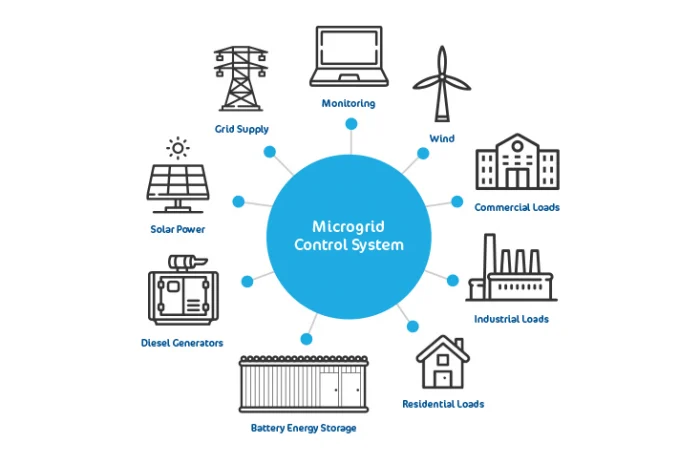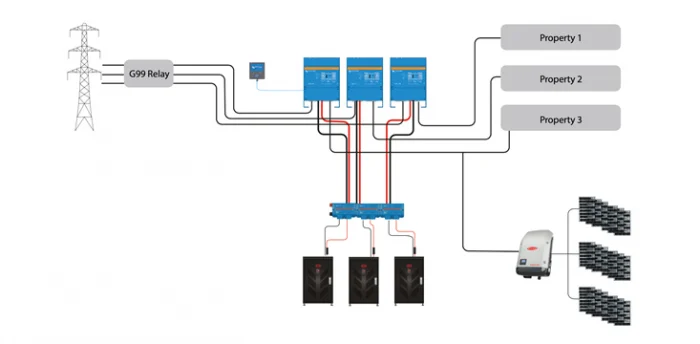[vc_row row_height_percent="0" override_padding="yes" h_padding="2" top_padding="3" bottom_padding="3" overlay_alpha="50" gutter_size="3" column_width_percent="100" shift_y="0" z_index="0"][vc_column column_width_use_pixel="yes" overlay_alpha="50" gutter_size="3" medium_width="0" mobile_width="0" shift_x="0" shift_y="0" shift_y_down="0" z_index="0" column_width_pixel="800"][vc_single_image media="1569" media_width_percent="100"][vc_empty_space empty_h="1"][vc_custom_heading auto_text="yes" heading_semantic="h1" text_size="fontsize-155944" text_space="fontspace-111509" text_font="font-762333" text_weight="700"]Automatic Heading Text[/vc_custom_heading][uncode_info_box items="Author|Medium_avatar_size,Date,Reading_time" text_font="font-762333" text_weight="600" text_transform="uppercase" separator="bullet"][vc_column_text]

It is a term that has quite a straightforward principle behind it but has a wide range of applicability and relevance. Perhaps the simplest way of getting your head around the idea of the microgrid concept is to see it as an energy system where there are generators, consumers and necessary components to ensure function, connected electrically by a suitable method. This is effectively just as the name suggests, a scaled-down version of a traditional electrical power grid; a microgrid.
Microgrids can be operated in parallel with larger electrical networks but their ace up the sleeve is that they can ‘island’ themselves and operate independently of externally connected networks. Where implemented appropriately, microgrids provide enhanced reliability, flexibility and secureness of power from watts to megawatts in scale.
One of the core features of a microgrid is when designed accordingly, its ability to mesh multiple sources of generation and tailor the supply/demand characteristics to the consumer requirements by further integration of electrical storage systems. Microgrid architecture is not simply bound by 230/400Vac and can work with a variety of system voltages to suit both the generator and the consumer.
Microgrid Design
Designing a successful microgrid requires a methodical approach, in-depth knowledge of component operation and access to an array of suitable equipment. Fundamentally, the best-practice aim is to ensure that the requirements of the connected consumers are reliably and securely consistently met, whilst achieving the highest efficiency of connected resources.
Detailed analysis and consideration of the below key areas, will ensure suitability and robustness of a delievered solution:
Consumer requirement
Understanding consumer load profiles, type of connected equipment, level of autonomy required and project specifics which may restrict the use of certain solutions; are all key to understanding consumer requirements.
Flexibility of requirement
By understanding the nature of the connected consumers, understanding if there is any flexibility in the use of certain equipment, i.e. time and duration of use, can greatly impact the adequacy of the resulting solution.
Required lifetime of equipment
Clarifying how long a system needs to operate for and any maintenance expectations/limitations would influence what type of components are integrated.
Available resources
Looking at the application with regards to what mix of generation sources can be installed, allows the project to achieve greater energy independence and autonomy.
Project budget
In some cases, this is one of the most critical factors to consider when analysing the potential of microgrid integration. Whilst technological challenges do crop up, it is seldom the case that there is a technical impossibility; more often than not it is the budget that dictates what can be delivered. As time progresses, the cost of technology usually tends towards affordability however sometimes the magnitude of the required specification will exceed budget expectations.
Local skillset
Analysis, design and product specification is all crucial to successful deployment however it is also essential to consider skillset of the installation contractor/end-consumer to ensure that microgrids are commissioned correctly and can be safely and adequately maintained. Skillset may be available that means simply supplying component parts is suitable, in other cases, it may be required to ‘pre-package’ solutions so that minimal integration is required at the consumer end.
Applicable regulation
It is sometimes easy to get carried away when specifying microgrids, just don’t forget the all-important standards and regulations that your project may have to adhere to!
Future proofing
Is it possible that the system will attract more consumer connections in the future? Is it possible that connected consumers may demand greater power capability or energy? Is it possible that the system may need to integrate further generation or storage options in the future? These are just some of the questions that should be considered from the design stage to ensure the robustness of the solution, particularly in the long-term.
Solar PV Integration
Within a microgrid setup, one of the most common energy resources that can be integrated is a solar photovoltaic system, or solar PV, due to its reliable and relatively autonomous operation. Solar PV is a flexible and predictable renewable energy system that can be integrated as both AC and/or DC coupled within a network.
Product selection and sizing of the solar PV array is influenced by the consumer requirements and the proportion of the energy mix that the solar PV should represent.
Battery storage considerations
When integrating a battery into a microgrid, or at least considering it, it is important to note that assignation of a battery system requires a good level of understanding of the battery technologies available and what is actually required of the battery. Battery systems can very quickly escalate in expense and complexity, the scale of which isn’t always required! In principle and in application, a battery should be treated as just that – a battery. No matter how advanced battery systems become, they are still bound but some fundamental rules, explored below:
Charging/Discharge
Across the battery technologies available on the market today, each has its charging and discharging capabilities. It is essential to understand this, particularly to ensure that capabilities are not overestimated to ensure longevity and performance.
Installation
Installation of battery systems should be undertaken with care where it is crucial to ensure the sound electrical design and subsequent installation. Ensuring that right battery systems are installed in the appropriate environment is mandatory for delivering performance.
Performance
All battery technologies have their core benefits and limitations. When a mirogrid requires the integration of a battery system, several factors will help narrow down the appropriate technology and how well the technology will perform. To ensure that performance of a battery system is achieved, a designer must consider; cyclic life of a battery rated temperature of the battery, weight restrictions, energy density requirements, depth of discharge required etc.
Management
It is becoming widely known that lithium battery systems require cell level management for optimum management but this detailed management can be extended to traditional technologies also. Use of a battery management system with any battery technology will ensure correct system operation, minimise O&M requirements and provide the user with greater system visibility.
Maintenance
Perhaps one of the most simplest things to remember is that a battery is not a self-replenishing source of energy, nor is it a perfect efficiency system, any system specification should take account of this with particular regards to the overall energy requirements, battery output and overall performance.

Recommended Standards for Mini-grid System Design
International codes and standards govern the design quality, safety and reliability of mini-gridinstallations. Mini-grid system design and installation should meet applicable international electrical code requirements, such as those established by the IEC (International Electrotechnical Commission). The IEC is the global leader in international specifications for electrical, electronic and related technologies.

All links below are external.
IEC Technical Specification Series 62257
This covers the technical aspects of mini-grids.
IEC 62548: Design requirements for Photovoltaic (PV) arrays
IEC 61730: Photovoltaic (PV) Module Safety Qualification, Parts 1 & 2, Amended
This document describes the construction (Part 1) and testing (Part 2) requirements for PV modules for electrical and mechanical safety, including mitigating the risk of electrical shock, fire hazards and personal injury.
IEC 61215: Terrestrial Photovoltaic (PV) Modules – Design Qualification and Type Approval
This document provides standard for mini-grid module quality and establishes design and type requirements for terrestrial, flat-plate PV systems. It also includes general requirements, specific requirements for different types of PV technology and quality-testing requirements.
IEC 61727: Photovoltaic (PV) Systems – Characteristics of the Utility Interface
This document includes requirements for PV systems interconnecting to a central grid.
IEC TS 62257: Recommendations for Renewable Energy and Hybrid Systems for Rural Electrification
This document establishes a methodology for applying standards in setting up, managing and implementing rural, decentralized electricity systems.
IEC 61400: Wind Turbines
This document establishes standards for wind turbines, including design, noise, power performance, mechanical loads, sound, power level, tonality values, power quality, testing and certification, lighting protection and communications.
Energy Storage System Safety – Codes & Standards Presentation
This is a compendium of Energy Storage System (ESS) safety standards, including ESS components, installation, commissioning, operations and maintenance, incident preparedness, safety codes and certification programs.
*Please ensure that all standards are adhered to relevant to the country of installation
Contact CCL today to acquire all the components for your very own microgrid.
T: 0800 091 4147 or 01355 599 990
E: sales@blog.cclcomponents.com
